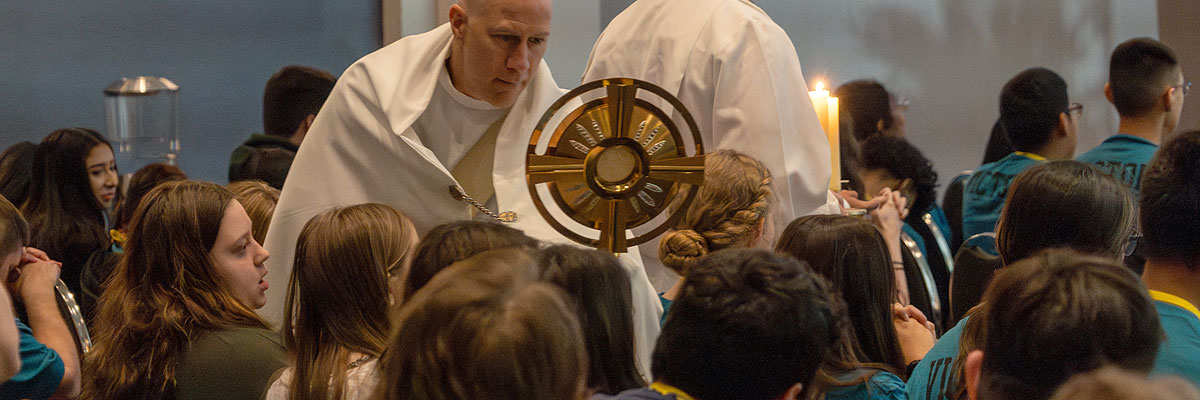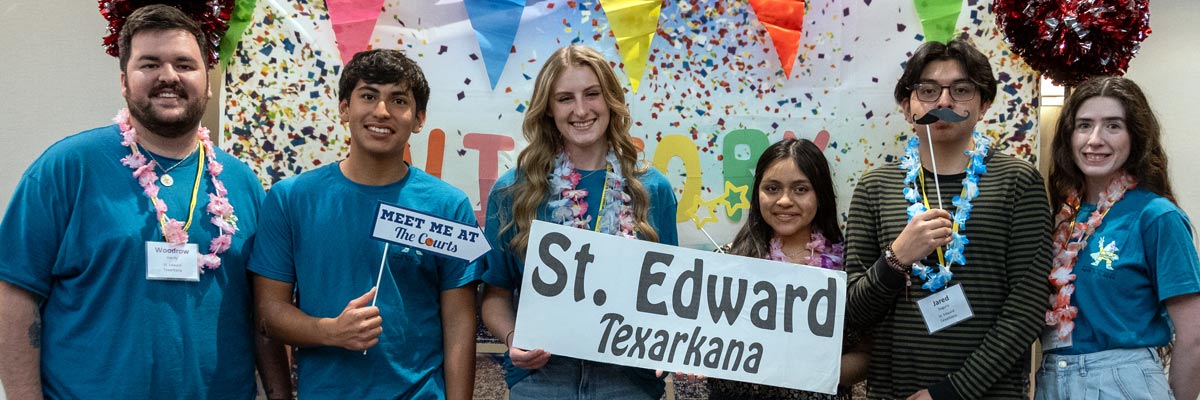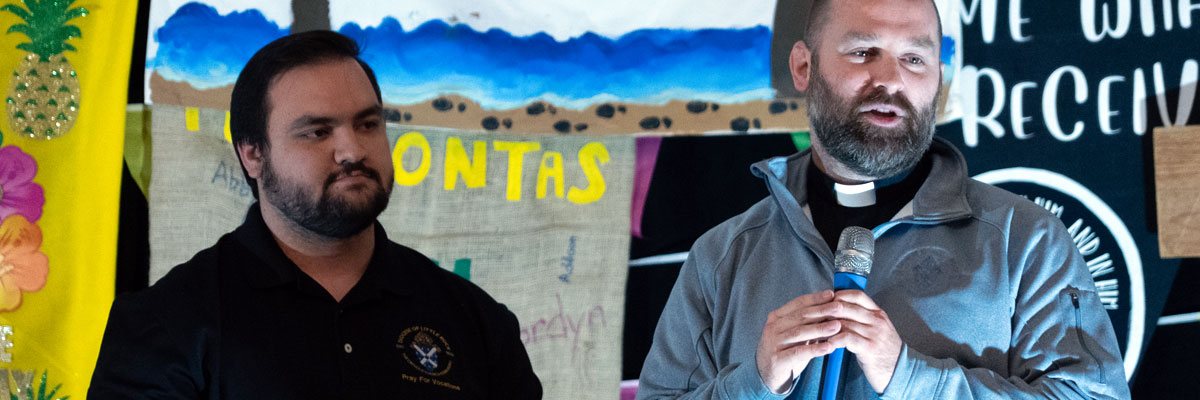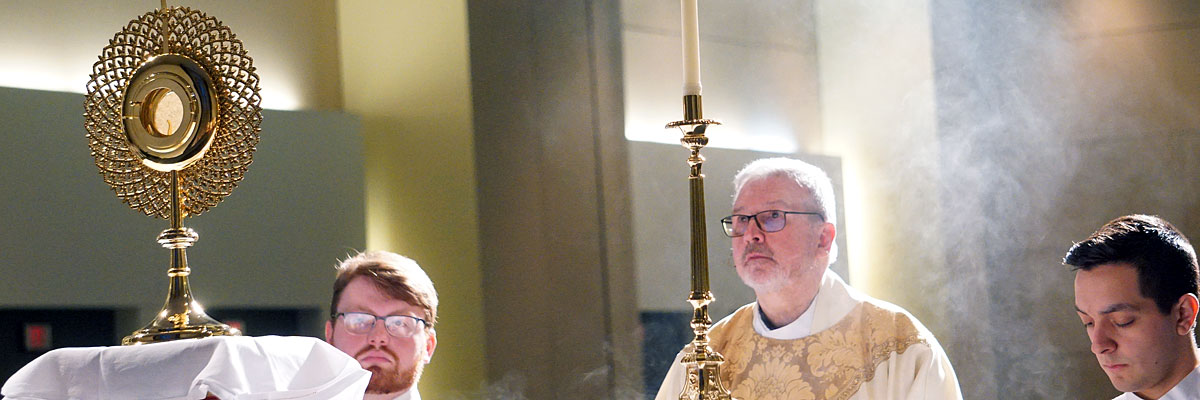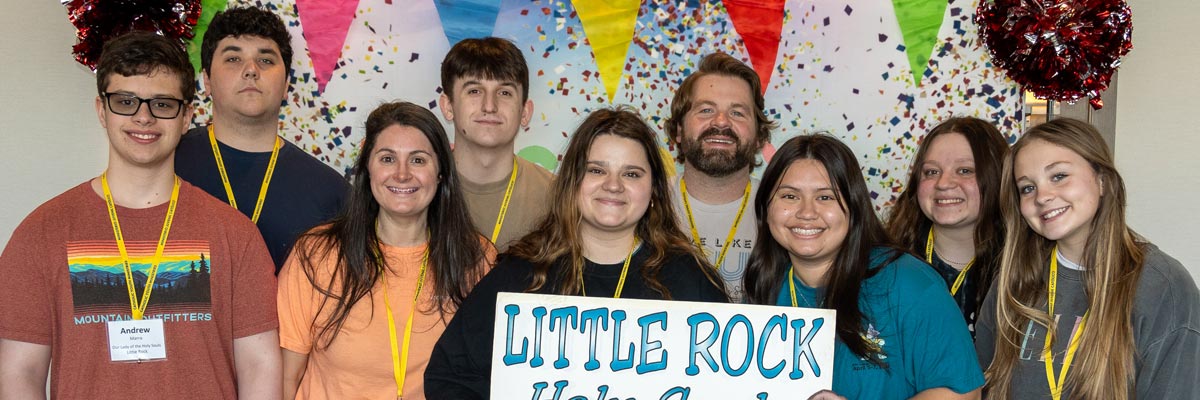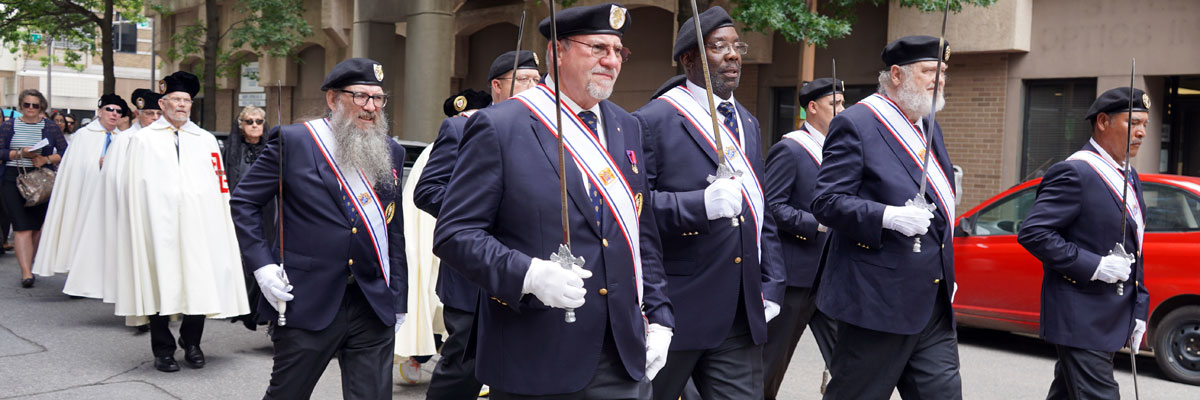Official Website of the
Catholic Diocese of Little Rock
There are lessons to be learned from early Church communities
Published: April 2, 2005
By Dr. Linda Webster
The image of all these faithful people living, rejoicing, and sharing together that Luke describes in this Sunday’s passage from Acts (2:42- 7) seems rather frenzied, yet profound. While this notion of communal life may be far removed from our contemporary existence, making the image seem quaint, perhaps even unobtainable, we have a multitude of opportunities to live our religion as openly and joyously as those individuals described in Luke’s writing. As members of a postmodern culture, we are encouraged to build walls around our dwellings, put locks on our doors, and give anonymously to those who are needy through the screens of organizations. However, Luke reminds us that we are a community in Christ and that we are to be devoted to that community. Those of us living in the rural South have a distinct advantage in our understanding of community since we openly depend on one another as neighbors, and we can see the strength of group commitment in lived faith. One’s neighbor might also be one’s dentist or mechanic; we cross paths with members of our community at the grocery store or buying lunch or filling the gas tank, asking after family members and promising to pray for one another. It’s openly a community of prayer and faith even though there may be many different faith traditions represented. Catholic tradition is sometimes divided on where community boundaries lie. According to Kathryn Spink’s authorized biography of Mother Teresa, Brother Andrew had a vision of community as he built the Missionary Brothers that differed significantly from that of Mother Teresa. She preferred that the Missionaries of Charity live apart from those they served, returning to the convent at night to sleep and eat apart from their guests. The brothers shared accommodations with their guests and those they served. In both cases, community existed within different definitions and existed much as Luke describes in Acts. These are all people who gathered together, one way or another, to praise God in living communal lives devoted to his glory. In the contemporary Church, the move toward forming small faith communities within large congregations is one means of attempting this physical re-connection among believers. It’s a reactionary notion to gather people in some physical space to sit and talk or pray together without the aid of e-mail or cell phones or any other media. Just members of a faith community gathered in one place for the specific purpose of praise and prayer and the pure delight in one another’s company. A final interesting aspect of the account in Acts is that the community, while clearly meeting with the apostles, seems leaderless in the sense that the believers are so profoundly open to the spirit of the Lord that all activity is divinely directed. I’m not sure that this is necessarily the model that contemporary small faith communities should emulate. After all, someone has to make the phone calls and find a place to meet and prepare the readings. And being together all of the time might create scheduling problems. But, it might be an ideal worth discussing. Remember that Mother Teresa and Brother Andrew differed in their ideas of community while performing “wonders” among those they invited to community. Dr. Linda Webster has a bachelor’s degree in theology from St. Gregory University in Shawnee, Okla.


